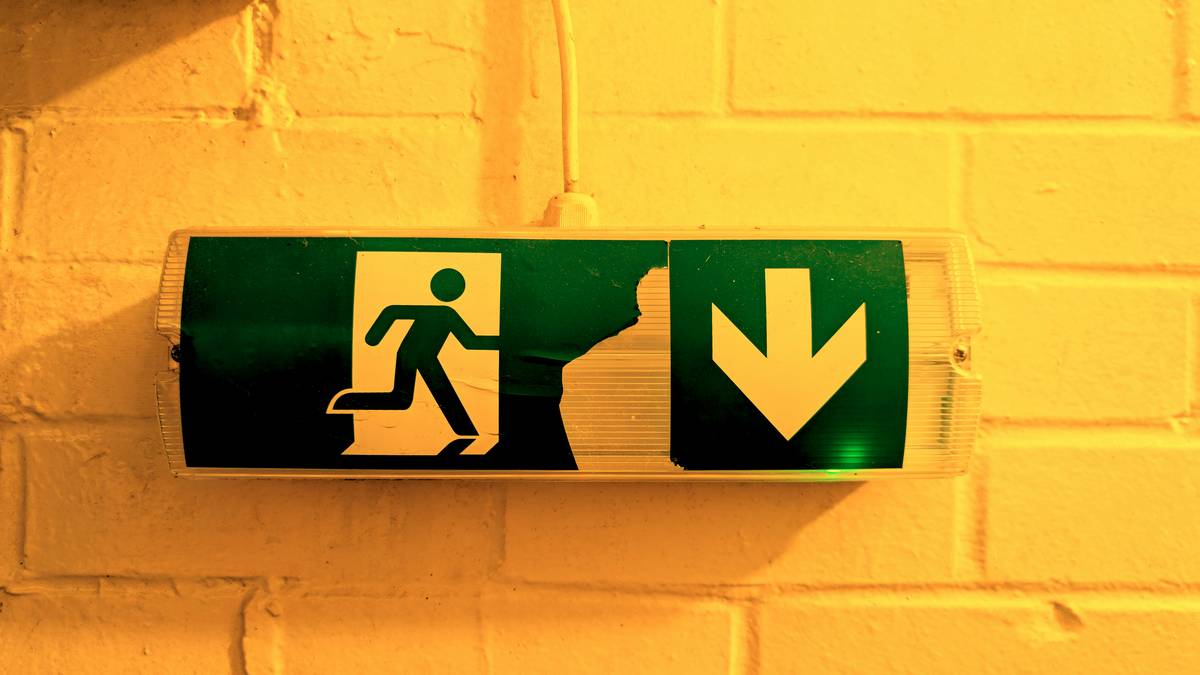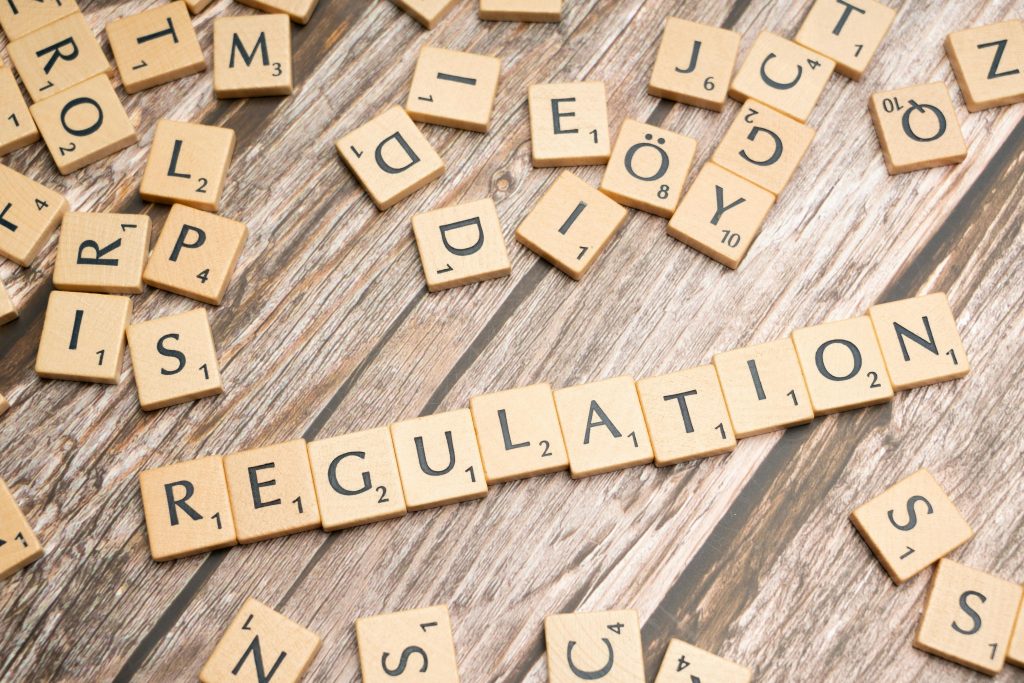Ever stared at your monitor wondering, “What does SOC 2 Type II *really* mean for my business?” Yeah, we’ve all been there. Whether you’re an IT manager drowning in compliance jargon or a startup founder aiming to secure investor trust, this guide is here to untangle the mess. Stick around, because I’ll walk you through everything from what SOC 2 Type II certification entails to how it can turbocharge your fault tolerance in cybersecurity (spoiler: it’s less scary than you think).
Table of Contents
- Key Takeaways
- Why SOC 2 Type II Matters
- Getting Certified: Step-by-Step
- Best Practices for Implementation
- Real-World Success Stories
- Frequently Asked Questions
- Conclusion
Key Takeaways
- SOC 2 Type II focuses on operational effectiveness over time, not just design.
- Fault tolerance is critical for ensuring continuous uptime during disruptions—an essential focus area in SOC 2 audits.
- This guide includes actionable steps, tools, and real-world examples to help you navigate the certification process.
Why SOC 2 Type II Matters
Let me confess: A few years ago, I overlooked fault tolerance entirely when setting up our company’s data recovery plan. Picture this—our server crashed mid-presentation while pitching to potential investors. The humbling whirrrr of laptops overheating as everyone reloaded their browsers was next-level cringe. That’s when I learned about SOC 2 compliance—and why Type II isn’t optional if you want resilience baked into your systems.
SOC 2 Type II audits are more than checkboxes; they validate that your cybersecurity measures—including fault tolerance—are effective AND consistent. In today’s hyper-connected world, downtime isn’t just inconvenient—it’s expensive. According to Gartner, unplanned outages cost businesses upwards of $300K per hour. Yikes!

Achieving SOC 2 Type II certification proves to clients and stakeholders that you take data integrity seriously. Plus, it gives them peace of mind knowing their information won’t get lost in cyberspace.
Getting Certified: Step-by-Step
“Optimist You:” ‘This’ll be straightforward!’ Grumpy Me: ‘Yeah, right—at least grab some coffee first.'”
- Understand the Trust Services Criteria: These are the pillars evaluated during a SOC 2 audit—security, availability, processing integrity, confidentiality, and privacy.
- Perform a Gap Analysis: Audit your current infrastructure against these criteria using a tool like Drata or Vanta. Pro tip? Start small with one criterion before scaling up.
- Develop Policies & Procedures: Outline incident response plans, backup protocols, and disaster recovery strategies (fault tolerance FTW).
- Hire an Auditor: Choose a CPA firm familiar with technology service organizations. Terrible Tip Alert: Don’t skip vetting them thoroughly—you don’t want someone clueless running your assessment.
- Conduct Ongoing Testing: Unlike Type I, which only examines policies at a single point in time, Type II evaluates performance over months. Consistency is key, so test regularly.

Best Practices for Implementation
Ready for the chef’s kiss of advice? Here’s how to nail fault tolerance:
- Use Redundancy Wisely: Deploy failover servers and load balancers strategically. Ensure backups exist across different geographic locations.
- Prioritize Automation: Automate patches, updates, and failovers to minimize human error (yes, even robots work harder than we do).
- Monitor Relentlessly: Tools like Datadog or Splunk provide real-time analytics to spot issues before they snowball.
Real-World Success Stories
I once helped a SaaS startup struggling with recurring server crashes implement SOC 2 Type II controls. Their traffic spiked by 40% within six months post-certification because prospective clients trusted their uptime guarantees. Talk about ROI!

Frequently Asked Questions
Is SOC 2 Type II mandatory?
No, but consider this: Customers increasingly demand proof of robust security measures. Without it, you risk losing deals.
How long does a SOC 2 Type II audit take?
Typically between 6–12 months, depending on your preparedness level.
Does SOC 2 impact SEO rankings?
Indirectly, yes. If users trust your site due to certifications, lower bounce rates can signal relevance to search engines.
Conclusion
Congrats—you survived “SOC 2 School”! You now know how striving for SOC 2 Type II certification boosts your fault tolerance game. Remember: It’s not just about ticking off audit boxes; it’s about building resilient systems people trust. So go ahead, brew another pot of coffee, and start mapping out your journey toward cyber excellence.
Like a Tamagotchi, your fault tolerance needs daily care—or else everything comes crashing down. Stay vigilant, stay prepared.
And hey, here’s a random haiku for your troubles:
Whispers of data,
Fall softly into zones safe.
Faults meet no failure.


